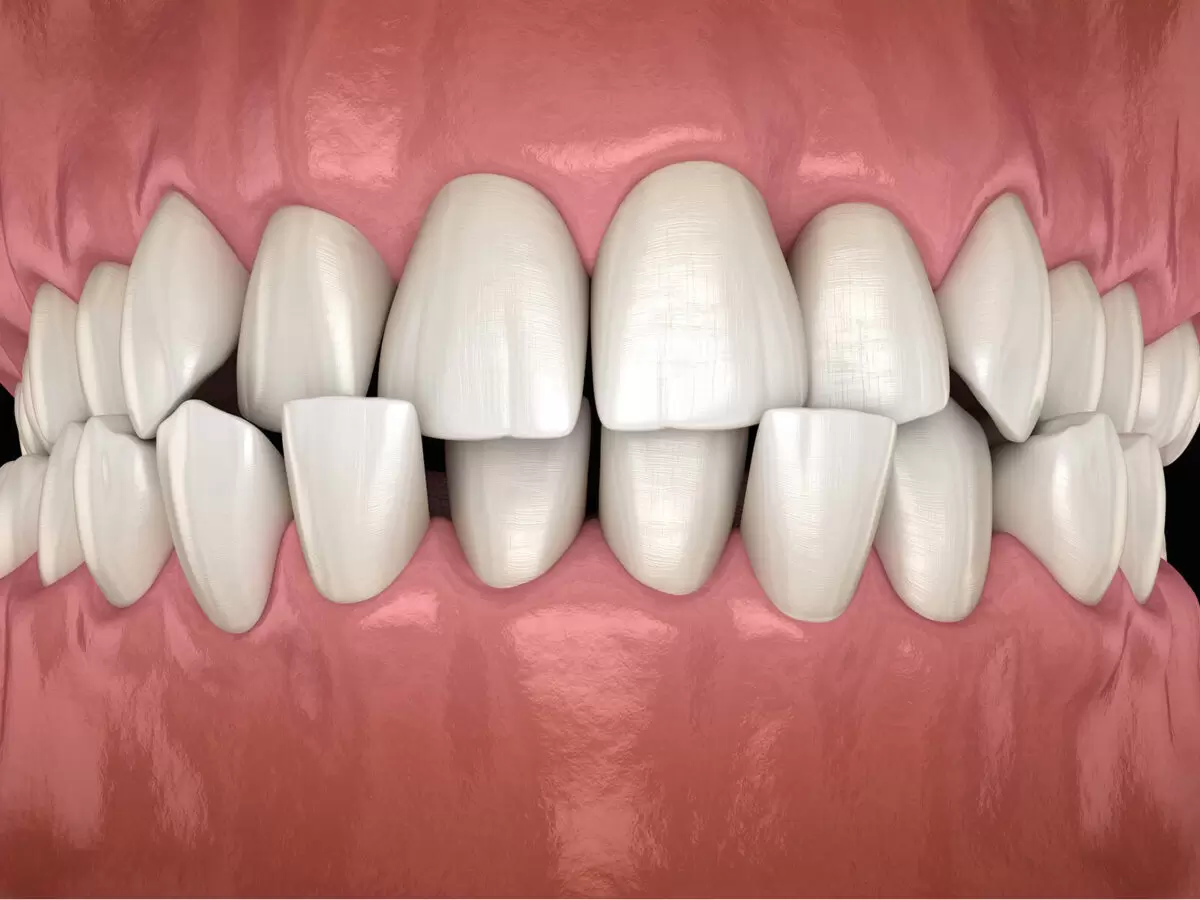Blog
Dental hygiene tips for healthy teeth & gums

Understanding Crossbite: Causes, Effects, and Correction Methods
A crossbite is a dental misalignment condition that occurs when the upper and lower teeth do not properly align when the jaws are closed. In this comprehensive guide, we’ll explore what causes crossbite, its effects on oral health, and the different methods used to correct this condition.
What is a Crossbite?
A crossbite occurs when the upper teeth fit inside the lower teeth when the jaws are closed, rather than outside as they should. This misalignment can involve a single tooth or multiple teeth and may occur on one side of the mouth (unilateral crossbite) or both sides (bilateral crossbite).
Causes of Crossbite:
- Genetics: Crossbite can be hereditary, with genetics playing a significant role in jaw size and tooth alignment.
- Childhood Habits: Prolonged thumb sucking, pacifier use, or tongue thrusting during childhood can contribute to the development of crossbite.
- Abnormal Tooth Eruption: Irregular eruption patterns or crowded teeth can lead to crossbite.
- Jaw Misalignment: An imbalance in jaw size or position can result in crossbite.
Effects of Crossbite:
- Tooth Wear: Uneven wear on teeth due to improper alignment.
- TMJ Disorders: Misalignment can strain the temporomandibular joint (TMJ), leading to discomfort and pain.
- Gum Recession: Crossbite may cause gum recession and increase the risk of periodontal disease.
- Aesthetic Concerns: Crossbite can affect facial symmetry and smile aesthetics.
Correction Methods:
- Orthodontic Treatment: Braces or clear aligners can gradually shift teeth into proper alignment, correcting crossbite.
- Palatal Expansion: In cases of skeletal crossbite (where the upper jaw is too narrow), a palatal expander may be used to widen the upper jaw gradually.
- Tooth Extraction: In severe cases of crowding, tooth extraction may be necessary to create space for proper alignment.
- Surgery: Jaw surgery (orthognathic surgery) may be required in cases of severe skeletal discrepancies that cannot be corrected with orthodontic treatment alone.
- Removable Appliances: Removable appliances, such as a Hawley appliance or a bite plate, may be used to correct crossbite in children or as a preliminary treatment before orthodontic intervention.
- Early Intervention: Addressing crossbite early in childhood can prevent more severe misalignment issues and may reduce the need for extensive treatment later in life.
Conclusion:
Crossbite is a common dental misalignment issue that can impact oral health and aesthetics. Fortunately, various correction methods, from orthodontic treatment to jaw surgery, are available to address this condition and restore proper dental alignment. If you or your child have a crossbite, consult with a qualified orthodontist to explore the most suitable treatment options for your specific case.
